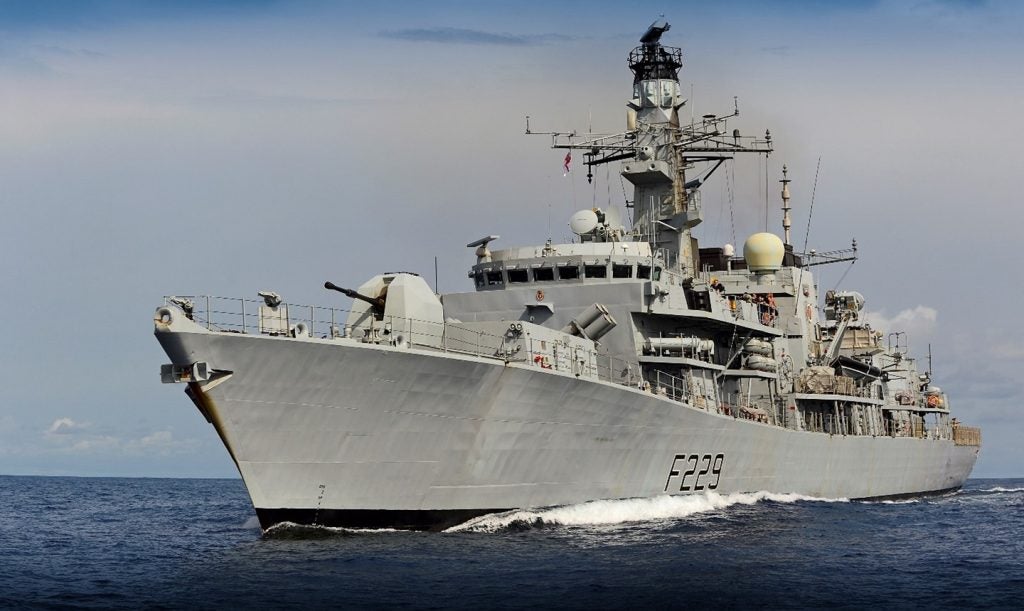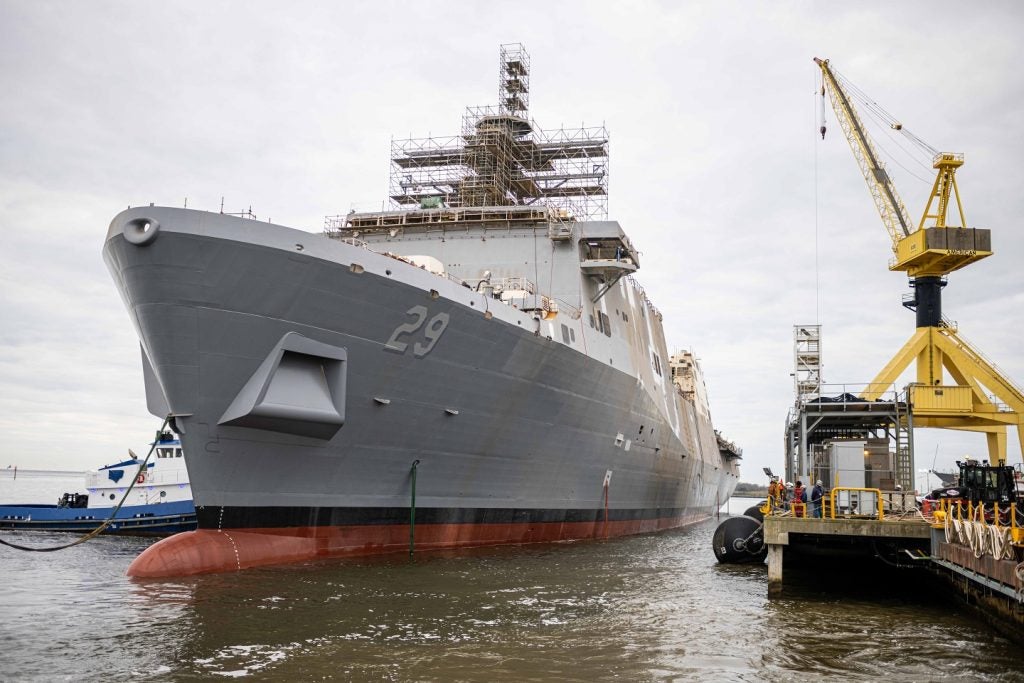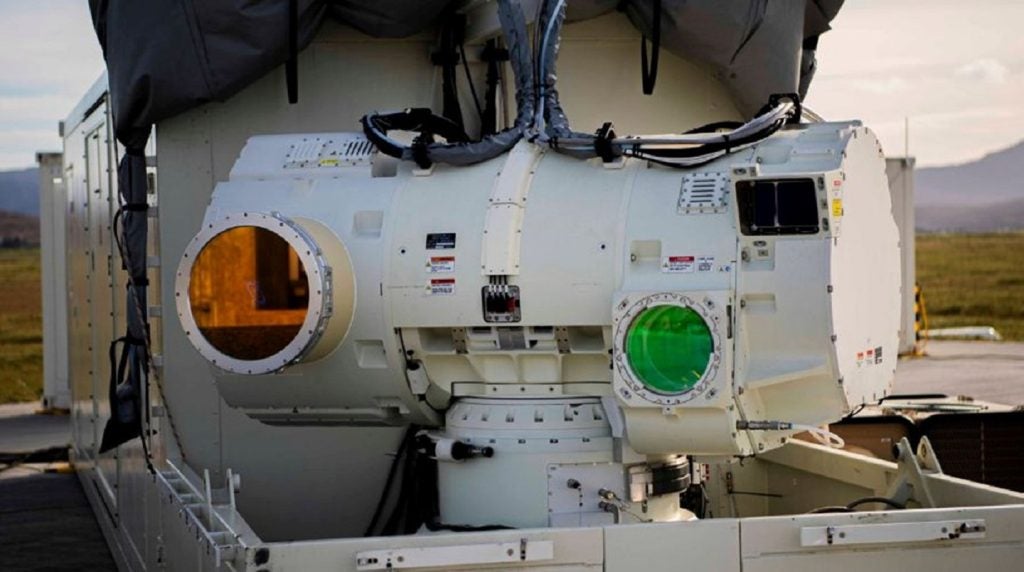ERAPSCO, a joint venture of Sparton and Ultra Electronics USSI, has been awarded subcontracts to build sonobuoys for the US Navy.
Of the $57m, $32.6m will be provided to Sparton DeLeon Springs and approximately $24.4m to Ultra Electronics USSI.
Work will be performed at Sparton’s De Leon Springs, Florida facility and Ultra’s Columbia City, Indiana facility, US.
Sparton president and chief executive officer Cary Wood said: "We are firmly committed to [the] development of innovative technology and to providing the US Navy with the highest-quality products that help further its mission."
How well do you really know your competitors?
Access the most comprehensive Company Profiles on the market, powered by GlobalData. Save hours of research. Gain competitive edge.

Thank you!
Your download email will arrive shortly
Not ready to buy yet? Download a free sample
We are confident about the unique quality of our Company Profiles. However, we want you to make the most beneficial decision for your business, so we offer a free sample that you can download by submitting the below form
By GlobalDataThe latest contract is a GFY15 delivery order offered as a requirement from ERAPSCO’s five year IDIQ deal.
See Also:
Ultra Electronics chief executive Rakesh Sharma said: "This contract is a reflection of the increased focus on anti-submarine warfare and ‘pivot to the Pacific’ spoken about by the US Navy."
In addition to assisting in the detection, classification and localisation of opponent submarines during peacetime and combat missions, sonobuoys can be deployed to assess environmental circumstances and help install top search tactics, as well as communication with friendly vessels.
They are also capable of transmitting an acoustical signal source and accept underwater signals of interest, which are then delivered to monitoring units for analysis.
Passive sonobuoys can detect submarines and help with the localisation of targets. The active versions can quickly and precisely detect targets in extreme environmental conditions, along with quieter or attack-mode submarines.







